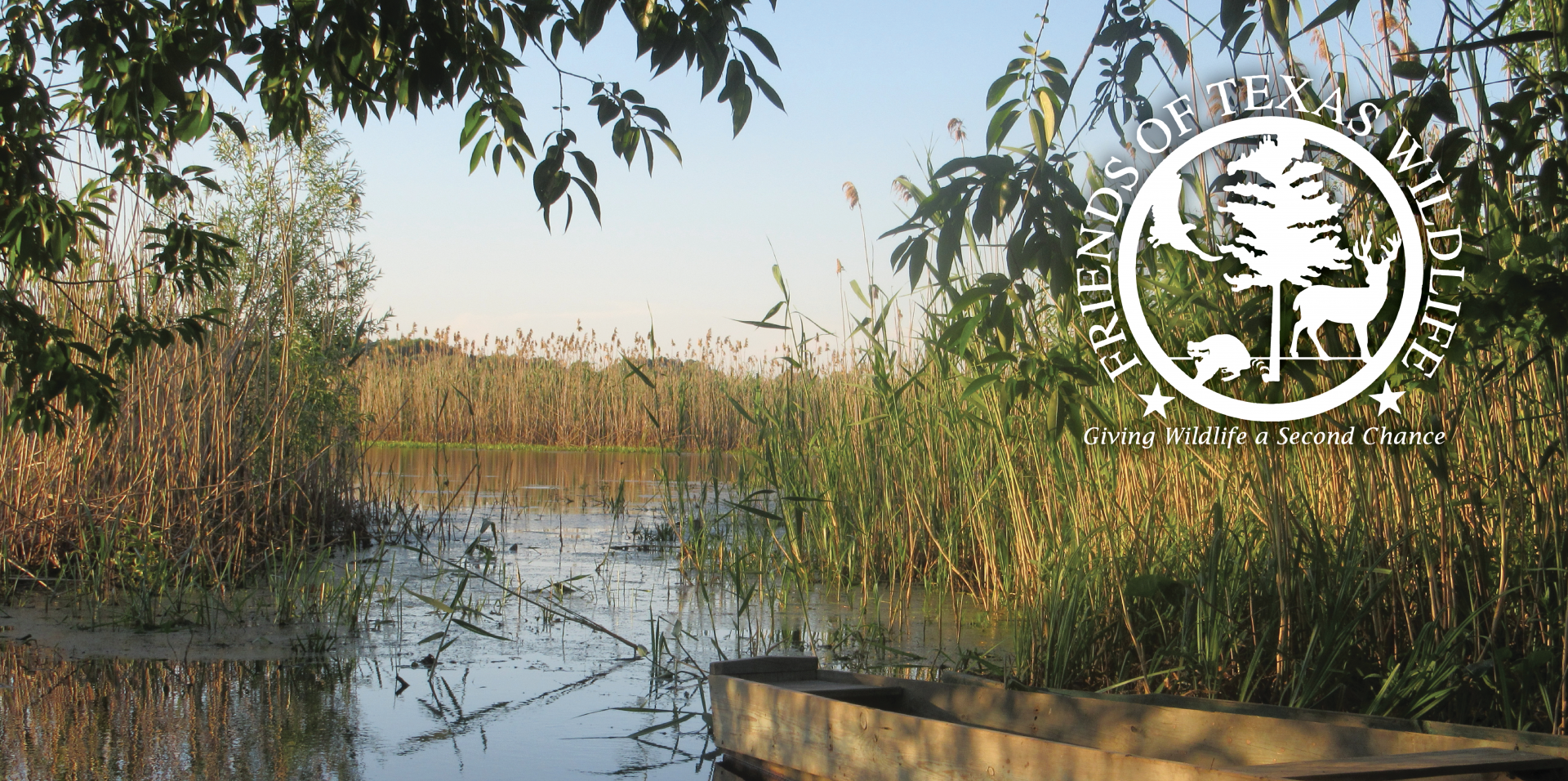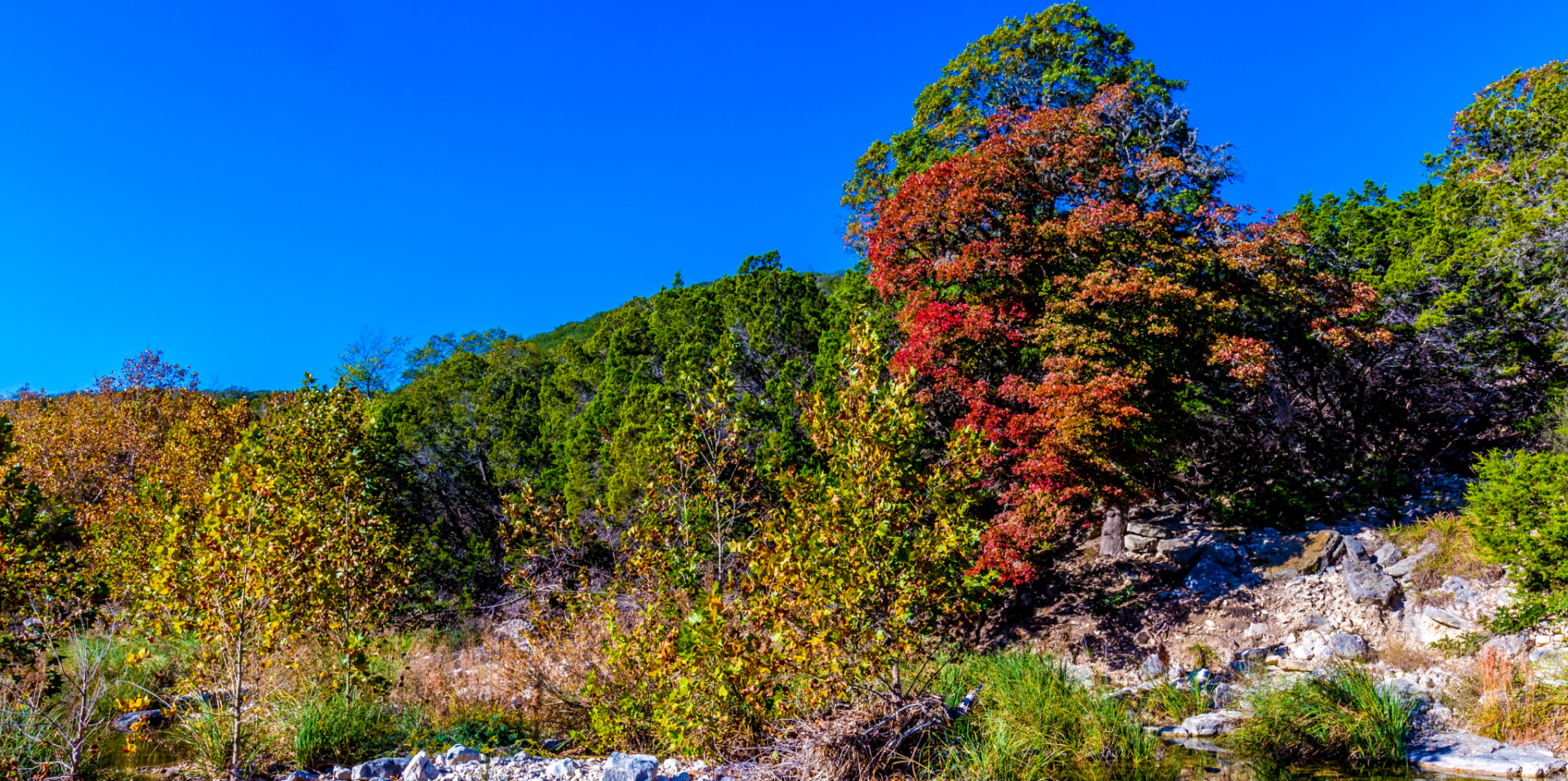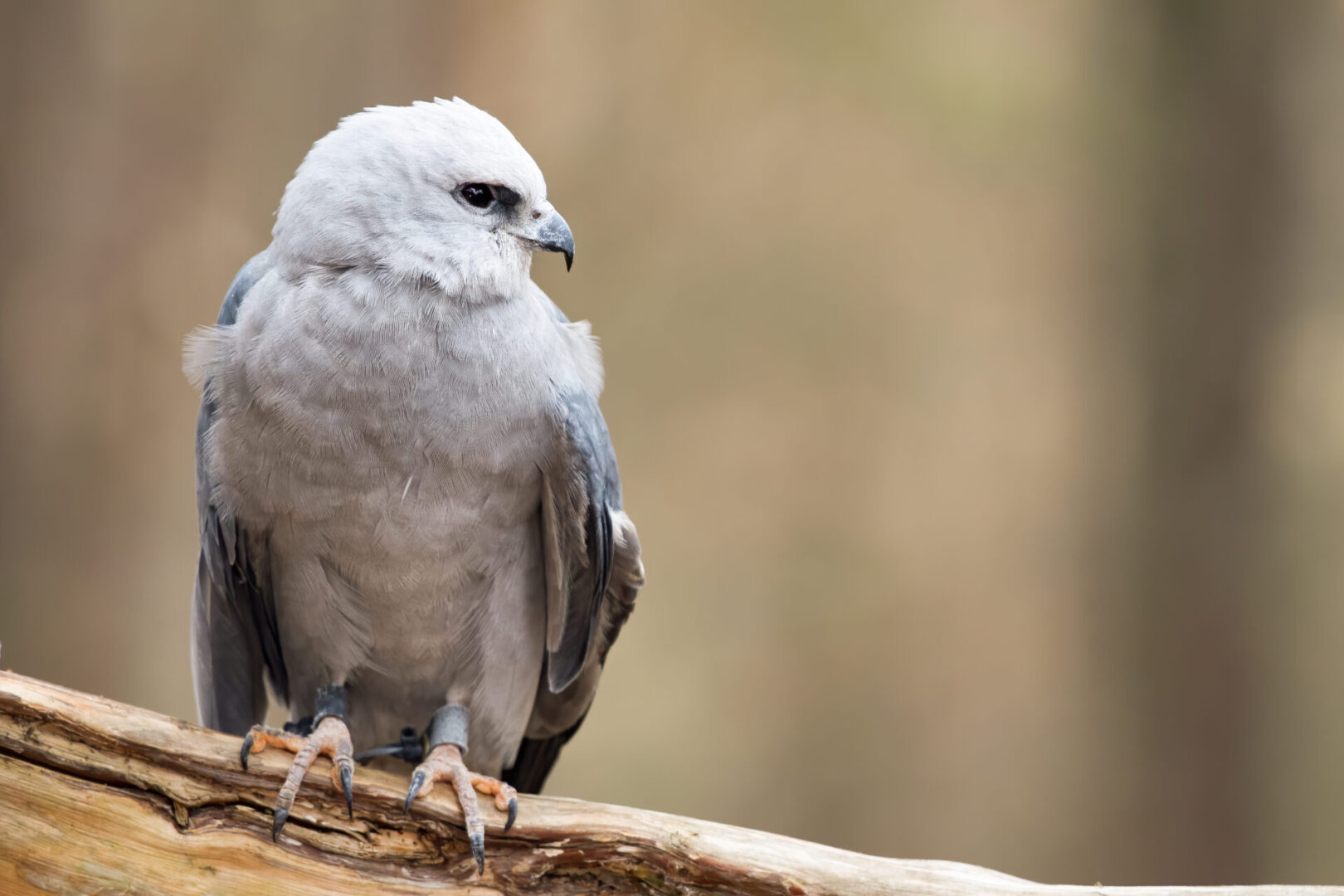As we head into “fall” here in Southeast Texas, most wildlife species are done raising their young for the year. However, most of our native squirrels have litters twice a year; the first cycle is very early in the year, January through March, and the second cycle is August through October. So once again for our little squirrel friends, it is nesting time.
In our part of Texas, there are three different species of squirrels found; the eastern fox squirrel; the eastern gray squirrel; and the flying squirrel. The fox and gray squirrels are diurnal (out during the day) and the flying squirrel is nocturnal (out at night). All three species spend the majority of their lives in the trees.
The eastern fox squirrel is the largest species of squirrel in our area. Most of them have black-tipped gray fur on their bodies with orange fur on their bellies, legs, and feet. Their tail fur is fringed in orange fur as well. Around Southeast Texas, there are some groups of fox squirrels that have all black fur. Fox squirrels are most active in early morning and again in late afternoon. They prefer to nest in tree cavities, but they will also build leaf and twig nests high in the tree tops. Female squirrels often construct multiple nests. In the event one nest is damaged or becomes infested with fleas or mites, the mother squirrel will move her pups to one of her alternate nesting sites. Fox squirrels usually breed twice a year in our part of Texas, once in January/February and again in May/June, although occasionally litters are born in late summer or early fall. Most litters consist of three to four pups, which are born hairless, blind, and helpless. They mature slowly with eyes opening at five weeks of age. They leave their nest at about eight weeks of age but won’t venture out of their nest tree until they are about ten weeks old. By three months of age they are able to survive on their own. Fox squirrels can live to be up to 15 years of age.
About 90% of all squirrels found in eastern Texas are eastern gray squirrels. While similar in many ways to the fox squirrel, the gray squirrel is slightly smaller, has slightly larger ears, and its fur is mainly gray with white fur on the belly. They are more social than fox squirrels so they are more likely to feed in groups. The gray squirrel is faster and more skittish than the fox squirrel, and for that reason they are sometimes also called cat squirrels. Like the fox squirrel, they prefer tree cavities to nest in, but if none can be found they will build a nest (called a drey) consisting of leaves and twigs. They are more apt to breed throughout the year, but mainly from July-September and again from December-February. Pups eyes open at five weeks of age and they begin to explore outside of the nest by six weeks old. They remain in family groups for about another month after that until they are fully independent.
The third species of squirrel found in our area is seldom seen although quite common. The little flying squirrel is only about the size of an adult hamster. They don’t actually fly, but rather glide from tree to tree, sometimes as much as 150 feet in a single flight. Flying squirrels have skin that forms wing-like flaps which stretch between its “ankle” and “wrist”. Its fluffy, flattened tail acts as both a rudder in flight and a brake to slow down forward movement as they come to the end of their glide. Flying squirrels eat many nuts, berries, buds, grasshoppers, moths, bugs, and grubs. They, like all squirrels, prefer to nest in tree cavities. They mainly breed from March to May, although pups may be born year round also. In colder climates, flying squirrels often colonize in groups of up to fifty to spend the winter together. Although often confused with sugar gliders, they are completely different species; sugar gliders are indigenous to Australia and Indonesia.
Female squirrels often have multiple nest sights, which enables them to move their young should one nest be destroyed or contaminated by insect pests. If you happen to come upon a baby squirrel that has fallen from its nest, or if the entire nest is found on the ground, it may still be possible to reunite the baby or babies with their mother. Check our website (www.ftwl.org) for helpful flowcharts, listed by species, about how and when found animals may need some assistance.
Squirrels are an important part of a balanced ecosystem, and they help to keep our environment a little more verdant and healthy. They are well known for burying seeds and nuts, which they do to save them for feasting on later. Many of these seeds or nuts are carried away to areas far from where they were found and buried in locations away from their host plant. This helps to spread the new growth of plants and trees. Squirrels bury so many that some studies indicate as much as 75% of these seeds and nuts remain uneaten, so they are left to sprout into new plants, shrubs, and trees. A single squirrel can bury several thousand nuts over the course of a few months. Squirrels also eat different species of mushrooms, which keeps forested areas healthier by helping to disperse fungi which are beneficial to many trees. Squirrel’s constant digging and burying helps to aerate the soil and introduce organic matter into it. They eat many insects (especially during breeding season) including beetles and grubs which might otherwise infest trees and lawns. Squirrels are also an important part in the food chain, often being taken as prey by hawks, eagles, and owls. We love our nutty little friends, and we hope once more people understand their behavior and how they benefit the environment they will come to appreciate their antics as well.
To learn more about what we do and view pictures of many of the animals we assist, please visit our Facebook page at www.facebook.com/SavingTexasWildlife. Details can be found at www.ftlw.org, and then click on “How to Help”. We also have a great deal of helpful information on our website about other species of animals and how to assess if they need help or not. If you need assistance with an animal in need, please email us at [email protected]. For the time being, due to ongoing COVID-19 concerns, our educational center remains closed.






